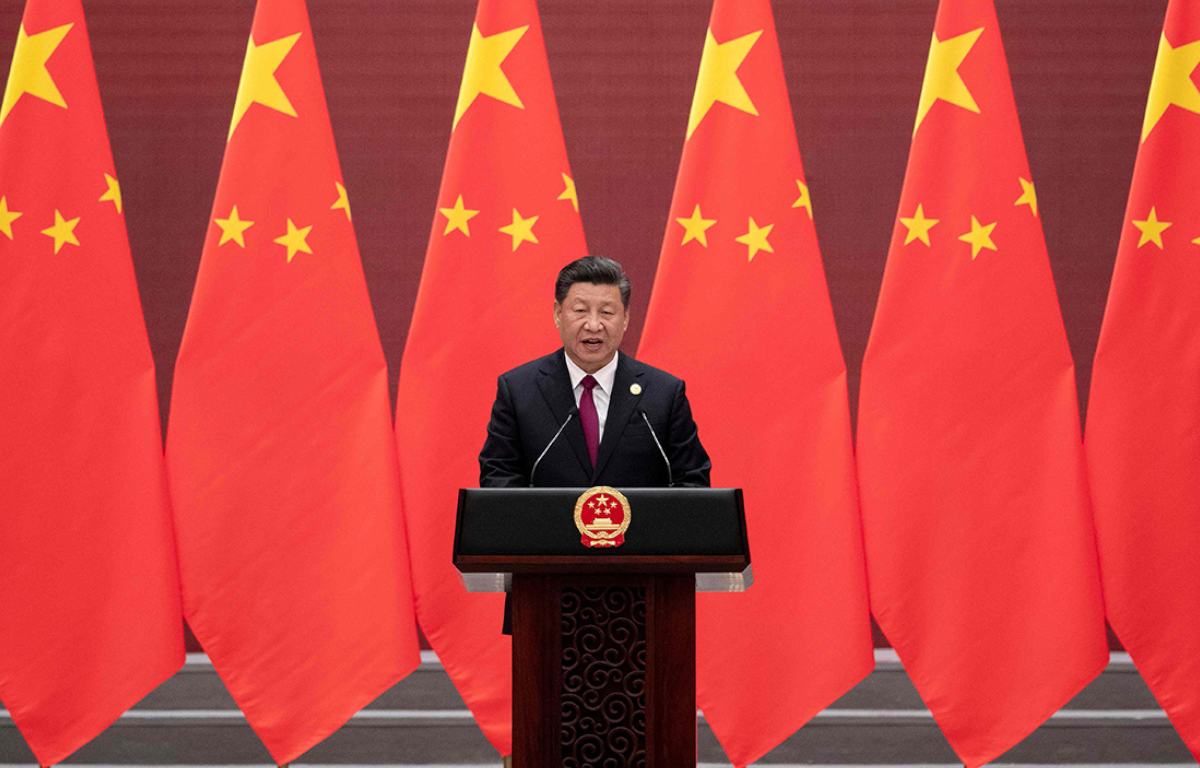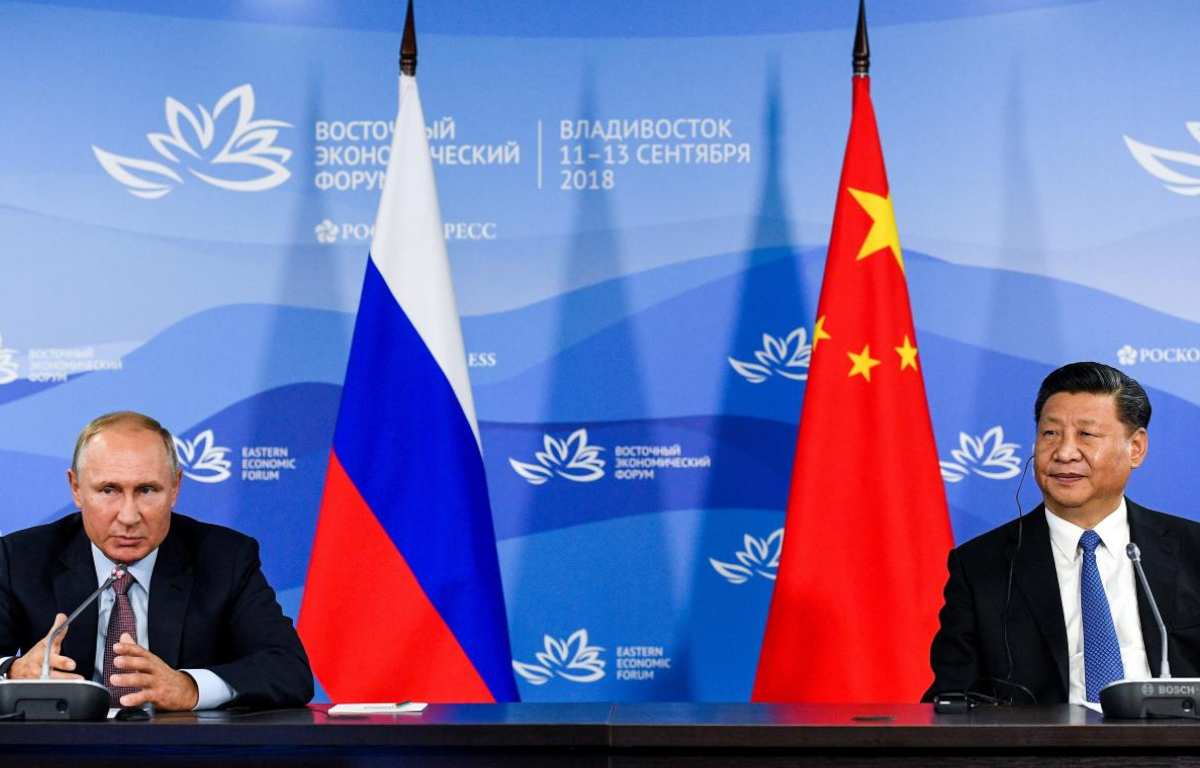
The B-52 Stratofortress, a longstanding icon of the United States Air Force, is known for its endurance and versatility. Now, with the conception of a B-52 ‘Super Squadron’, the US is taking its capabilities to an unprecedented level. This squadron, comprising a concentrated force of these bombers, is set to emerge as a unified powerhouse, capable of reshaping global power dynamics.
At the heart of this move lies the concept of deterrence. The B-52 ‘Super Squadron’ is poised to serve as a formidable deterrent, discouraging potential aggressors by its sheer presence alone. This display of strength can lead countries to reconsider hostile actions, contributing to a more stable global security environment.
What sets the B-52 apart is its flexibility. The bomber’s capacity to carry various types of weapons, from conventional to nuclear, equips the United States with unmatched versatility. This adaptability allows for agile responses to diverse conflict scenarios, reinforcing the country’s ability to address emerging threats effectively.
For Russia and China, the emergence of the B-52 ‘Super Squadron’ presents strategic considerations. The rebalancing of military power necessitates a fresh evaluation of defense strategies. China’s assertiveness in the South China Sea and Russia’s expansionist tendencies might now encounter a more potent response from the United States. This could potentially reshape regional disputes and conflicts, prompting both nations to reevaluate their positions.
The establishment of a B-52 bomber ‘Super Squadron’ marks a significant milestone in modern warfare. Its potential to alter global dynamics, coupled with its deterrence and flexibility, underscores its game-changing implications. The strategic reevaluation required from Russia and China signifies the dawn of a new era in international relations, where the balance of military power may shift in response to this new American initiative.










Share this: